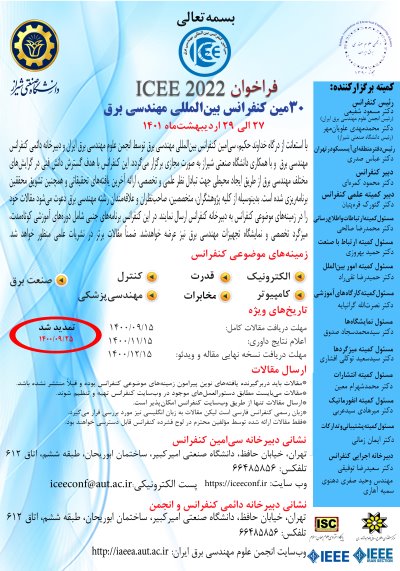0% Complete

نویسندگان :
کلمات کلیدی :
چکیده :
لیست مقالات بایگانی شده
Sadegh Ghavami - Ali A Razi-kazemi
Maryam Sharifinia - Farzaneh Ghayour Baghbani
Roksana Esmaeilpour - Mohammad Ismail zibaii - Masoumeh Barkand - Marzieh Pajouhandeh - Soroush Rostami - Mehdi Banihashemi - Mohammad-Mahdi Babakhani-fard
Masoud Shafiee - Mehdi Mirshahi
Mahdi Armoon - Marzie Lafouti - Babak Tavassoli - Hamid D.Taghirad
Nazila Loghmani - Roqaie Moqadam - Armin Allahverdy
Behnam Babaei - Masoud Shafiee
Mohammad Reza Yari - Paeiz Azmi - Mahyar Ghasedi - Moslem Forouzesh - Hamid Saeedi
Siminfar Samakoush Galougah - Hamed Masoumi - Mohammad Javad Emadi
Mobin Azimipanah - Mahyar Hassanifar - Yousef Neyshabouri




